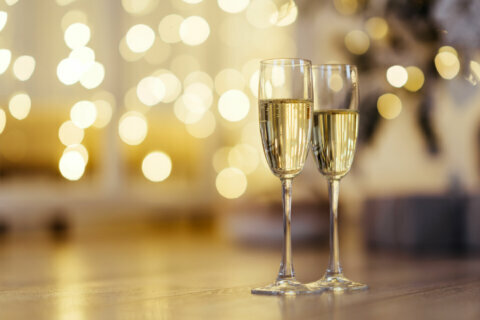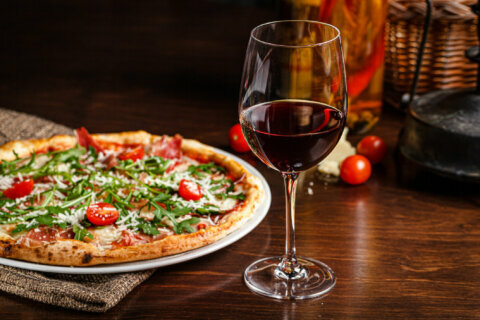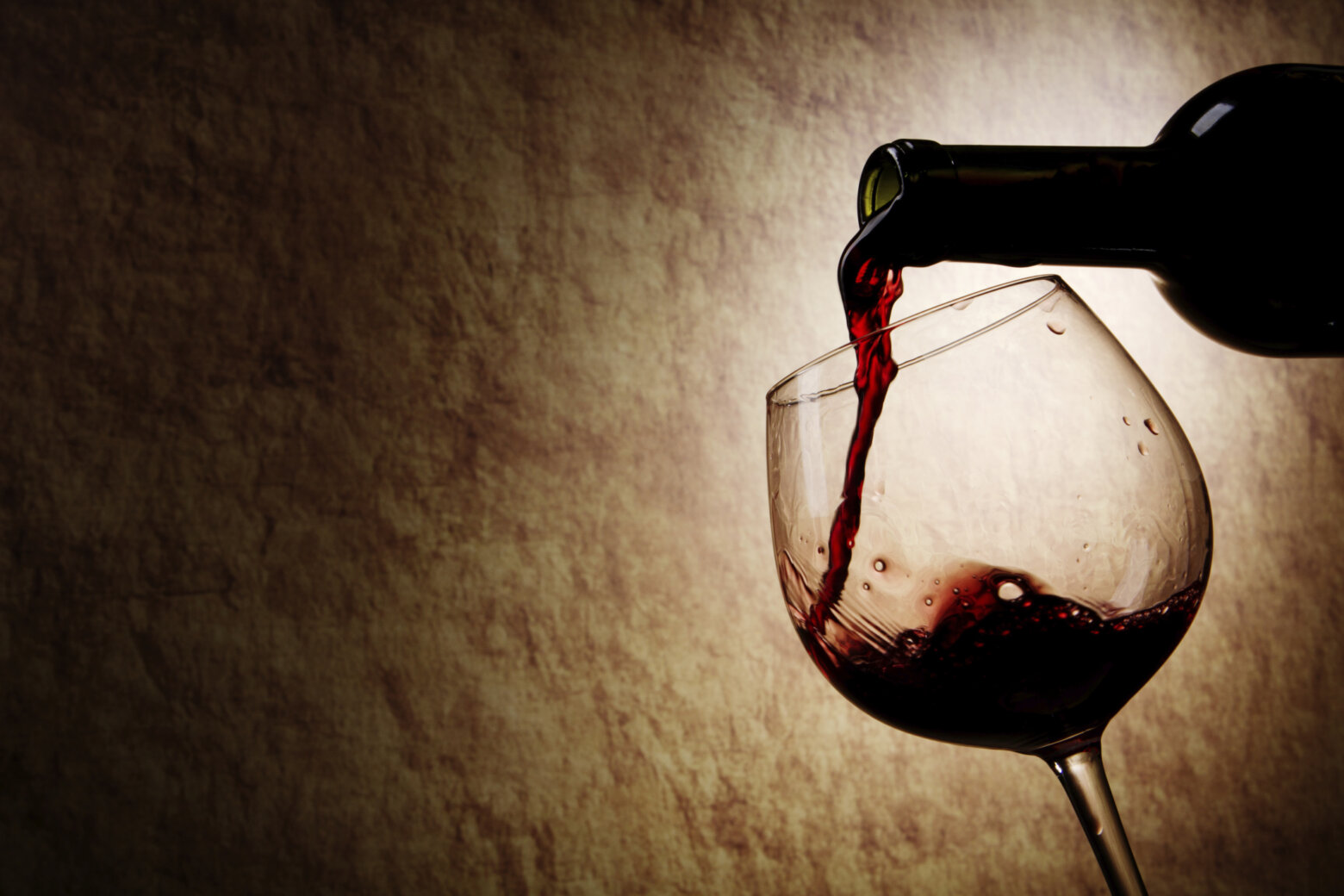Birthdays, anniversaries and New Year’s Eve all have one wine-related theme in common: Champagne.
It seems that a successful trip around the sun is the only time many wine-savvy consumers think about popping the cork on a bottle of bubbly. But why are we so conditioned to drink Champagne only on special occasions? After all, Champagne is one of the most versatile wines available.
To quote Lily Bollinger of the House of Bollinger Champagne, “I drink Champagne when I’m happy and when I’m sad. Sometimes I drink it when I’m alone. When I have company I consider it obligatory. I trifle with it if I’m not hungry and drink it when I am. Otherwise, I never touch it — unless I’m thirsty.” See? It’s not just for monumental moments. It’s for all moments.
And what better way to get into a moment than with a movement. Friday, Oct. 19, is Global Champagne Day, a day when people from around the world are encouraged to open a bottle of bubbly and celebrate, well, whatever you want to celebrate. After all, you don’t really need an excuse to drink Champagne other than you want to drink Champagne.
Now, one would naturally assume that Global Champagne Day would be celebrated on Dec. 31, and that’s certainly a darn good day to pop open a bottle of bubbly. But thanks to an aggressive social media campaign, an arbitrary date was selected to prove that next Friday is as good as any day to drink Champagne.
Now, before diving into specific recommendations, a quick primer on sparkling wines is in order. Champagne is both a place and a style of wine. While there is plenty of sparkling wines available from around the world, only wines made in the tiny Champagne region in France can legally be called Champagne (as denoted by the capital “C” in the name). They must be produced using the strict Méthode Champenoise, where the secondary fermentation, responsible for those wonderful bubbles, occurs naturally in the bottle and can only be made with chardonnay, Pinot Noir and Pinot Meunier.
The most popular designation is brut, a dry style that is usually a blend of chardonnay, Pinot Meunier and Pinot Noir. Blanc de Blancs (white from white) is a wine made solely from chardonnay grapes while a Blanc de Noirs (white from black) is made with Pinot Noir and/or Pinot Meunier grapes. Rosés are usually produced using Pinot Noir grapes, whose juice is allowed to stay in contact with the grape skins just long enough to impart a pinkish hue.
What makes Champagne special is the white chalk subsoil that runs throughout the appellation. It acts like a sponge during the winter months when it absorbs and stores precious water. In the wet spring months, it provides excellent drainage. In addition, the white surface absorbs heat during the day, then slowly releases it back during the night, lending to even maturation of the grapes.
Champagne is the one of the most highly controlled wine-growing regions in the world. Every step, from grape to glass, is regulated to ensure that consumers are getting the best product the region has to offer.
Perhaps best of all, Champagne pairs better with a wider variety of food than any other wine made. Don’t believe me? Try a glass of Champagne with triple cream Brie, lobster, oysters, roast chicken, fried chicken, grilled chicken, smoked salmon, caviar, scallops, Dover sole, foie gras, roast pork, Indian cuisine, Asian cuisine, Hush Puppies, sushi, scrambled eggs, English muffins, fruit tarts, crepes, apple pie, pumpkin pie, cookies and even popcorn. And, I even drink it when I am thirsty.
Pick up one of these Champagne wines and join in the fun next Friday as we toast Global Champagne Day.
The largest cooperative in Champagne is Nicolas Feuillatte. With some 5,500 growers in the co-op, it produces over 8 million bottles of Champagne annually. That may sound like a lot of wine, but considering that the region produces over 340 million bottles of bubbly per year, it’s just a drop in the Champagne bucket. Given the sizable production, the Nonvintage Nicolas Feuillatte Brut is remarkably refined, with notes of toasted brioche and crisp apple on the front of the palate and a touch of roasted hazelnuts on the medium-balanced finish. $28
Growers pride themselves on making wines that have a sense of place or terroir, and few do it better than Pierrer Gimonnet. The Nonvintage Pierre Gimonnet & Fils Blanc de Blancs Brut is made exclusively from chardonnay and boasts flavors of creamy lemon and nectarine that are elegantly woven into a round, balanced wine with wonderful structure and tiny, precise bubbles. A touch of brioche is a pleasant highlight at the end of the graceful finish. $40
One of the most well-known Champagne Houses in France is Taittinger. The Nonvintage Taittinger Brut Reserve is also one of the best values in House Champagnes. Aromas of ginger and brioche dominate the nose while flavors of nectarine, lime and roasted nuts sit lightly on a frame of chalky minerality. The finish is delicate and charming, leaving a graceful impression on the tongue. $45
The wonderfully dry Nonvintage Champagne Jacquesson 735 Cuvee Brut is a testament to the new style of winemaking embraced by one of the oldest Champagne Houses in the region. The “700 Series” of wines is produced from the same Grand Cru and Premier Cru vineyards from the same vintage, with small additions of reserve wine from previous vintages, as needed. The intention, according to Jean-Hervé is to, “retain the best characteristics of each harvest and not to disguise the variations that each year brings.” It features flavors of honey, apple and nectarine on a weighty palate with exceptional balance and finesse. The slightly creamy mouthfeel provides a silky-yet-firm finish. $60







